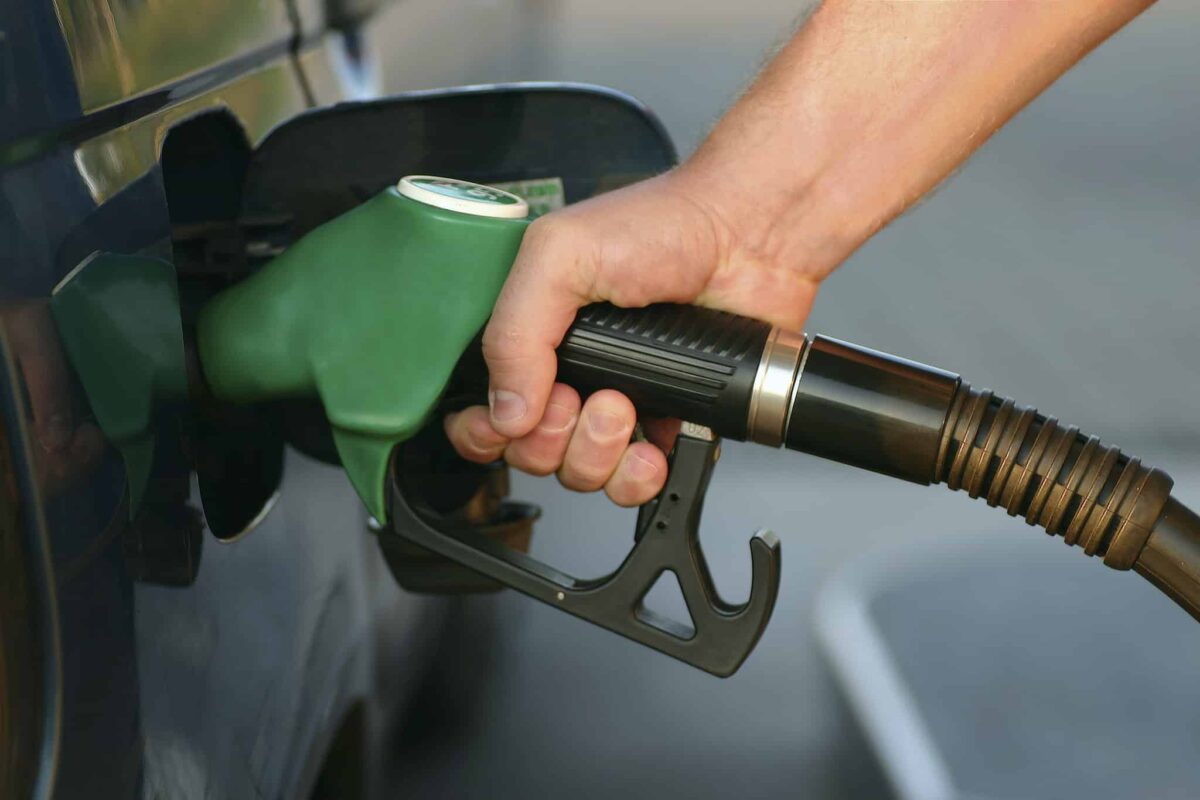When President Trump’s administration announced the appointment of Scott Pruitt as the new head of the EPA, it seemed pretty clear that times would shortly be unkind for the Obama administration’s fuel economy regulations, which had been pushed through before Pruitt took office. Pruitt has long been a critic of emissions regulations and it’s a pretty safe bet that when the president asked him to roll back the final decision on the EPA’s emissions regulations, he didn’t have to say pretty please.
We Would for This: Spy photographers have gotten a first look at the 2019 Silverado
“Mmm, ok”
Therefore, it comes without much of a shock that the US Department of Transportation, which is the federal Cabinet department which oversees several administrations but particularly the National Highway Traffic Safety Administration (which, by the way, still has no head), has announced that it might revise automotive fuel efficiency requirements (aka CAFE requirements) starting with 2021, a year earlier than previously announced.
In addition, the USDOT announced that it may adopt lower standards through 2025, even to the point of freezing the standards at 2021 levels through 2025, rather than raising them each year.
The Alliance of Automobile Manufacturers, which represents automakers like General Motors, Volkswagen Auto Group, Toyota Motors Corp., and several other major carmakers, and opposed the previous, more stringent rules, released a statement saying that the environmental review needs to happen, no matter what the standards end up as.
The group also added that, “facts need to drive public policy, including data on consumer sales, gas prices and cost of technology” in deciding on the final rules.
This is probably a reference to a study released in July 2016 by the NHTSA, Environmental Protection Agency, and California Air Resources Board, which said that due to high demand for more gas-hungry SUVs, crossovers, and trucks, automakers may not be able to make the original goal of an average 54.5 mpg fleet-wide.
Still Good Without Strong Regulations: The Chevy Volt’s powertrain was one of Wards 10 Best
When the rules were first finalized in January, the EPA’s rationale was that the automakers were already well on the way to meeting the final rules, using far less electrification and at a lower cost than anticipated. In addition, critics of final rules’ repealing, particularly environmental groups like the Sierra Club and consumer advocate groups like the Consumer Federation of America, argued that removing the rules would be letting automakers off the hook too easily in a way that would help automakers and oil companies at the expense of the public.
The NHTSA has said that it would consider a number of options, including the rule freeze and giving automakers additional flexibility to meet regulations using prior model years that already meet requirements.
News Sources: CNBC, Automotive News
The News Wheel is a digital auto magazine providing readers with a fresh perspective on the latest car news. We’re located in the heart of America (Dayton, Ohio) and our goal is to deliver an entertaining and informative perspective on what’s trending in the automotive world. See more articles from The News Wheel.





